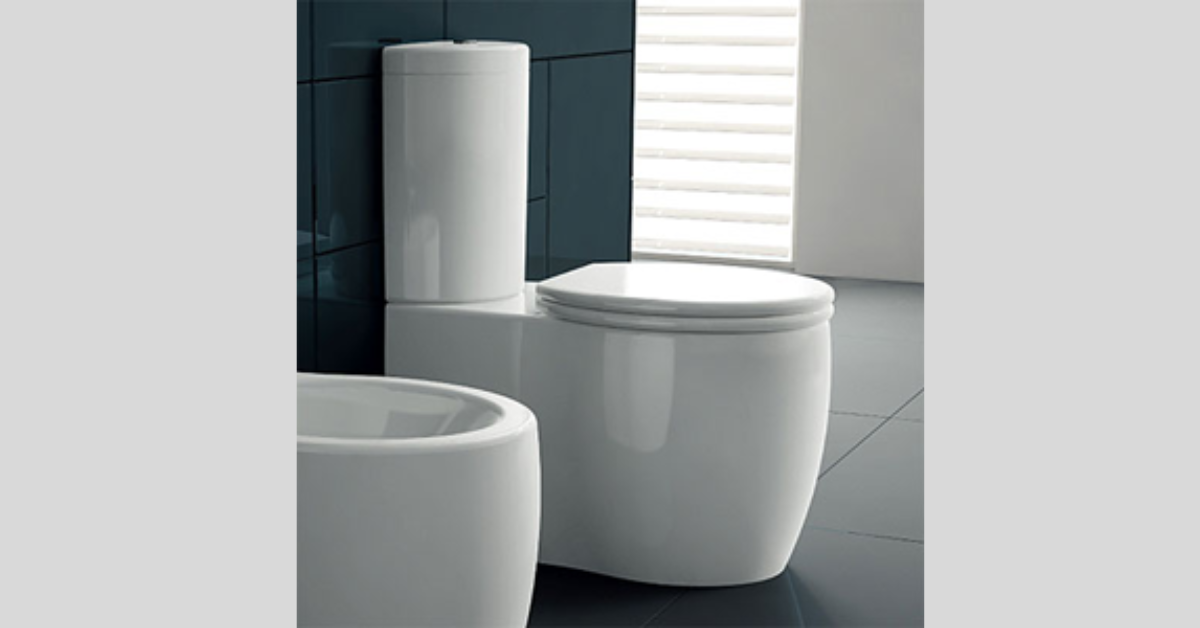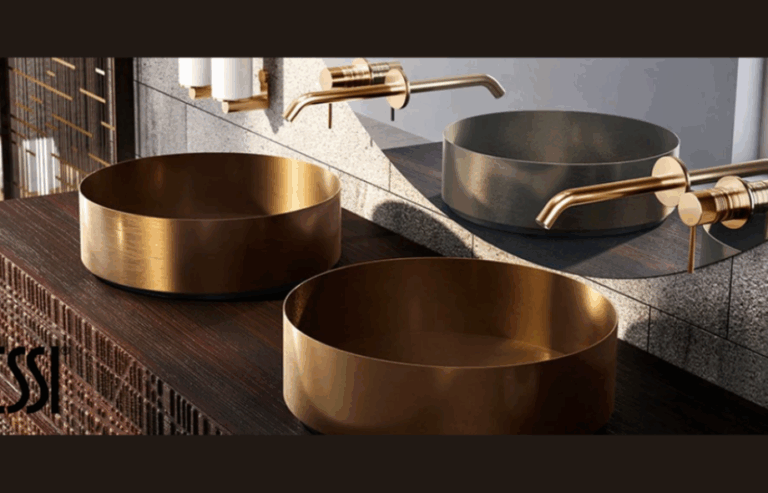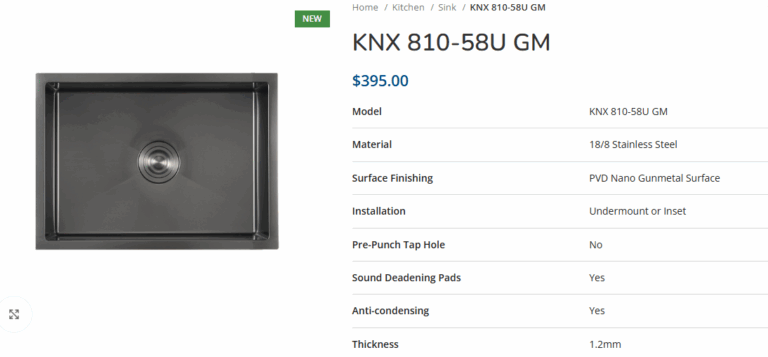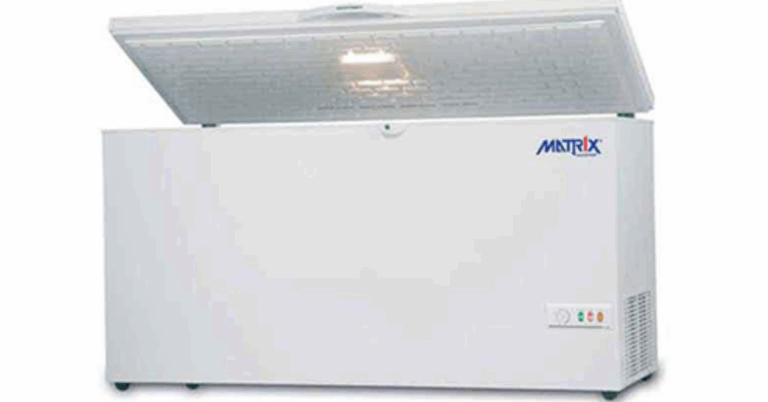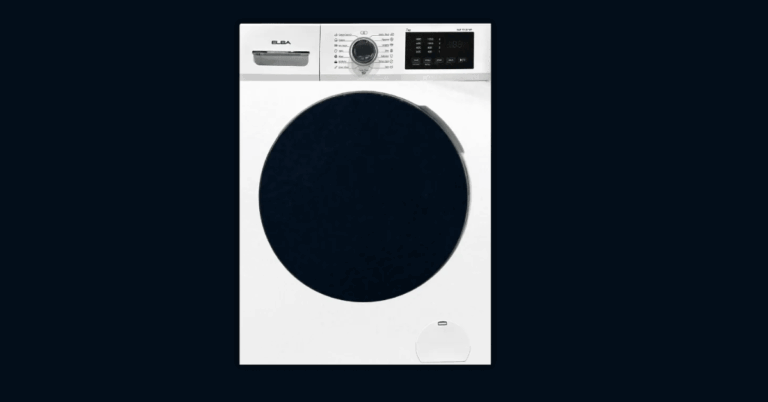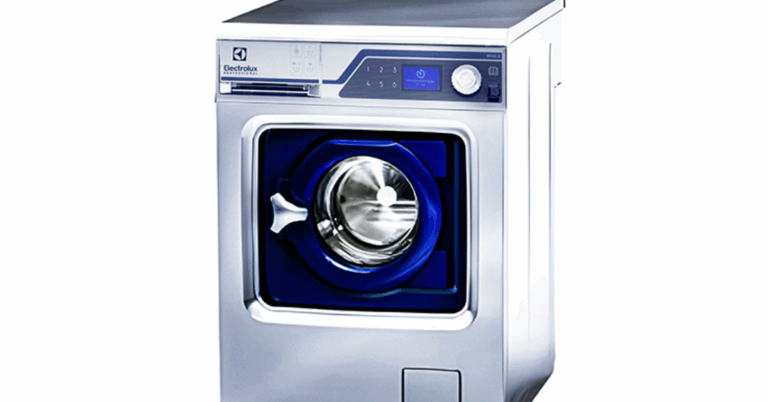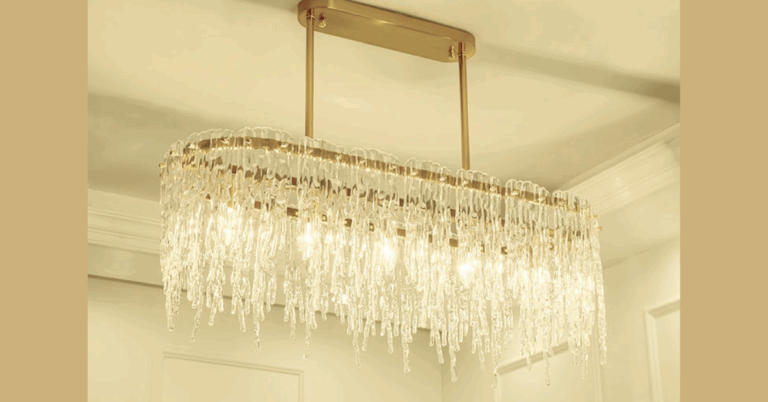Choosing the Right Toilet Bowl Singapore: Style, Functionality & Smart Design
When designing or upgrading your bathroom, choosing the right Toilet Bowl Singapore can make a big difference not just in how the space looks, but how it performs daily. In Singapore’s humid climate, compact homes, and evolving trends in hygiene and water efficiency, selecting a toilet bowl that balances aesthetics, flush performance, durability, and ease of cleaning is essential. In this article, we’ll explore the different types of toilet bowls, key features to look for, installation considerations, design trends in Singapore, common pitfalls to avoid, and maintenance tips.
Why the Toilet Bowl Matters
A toilet bowl might seem like a simple fixture, but in reality it plays multiple critical roles:
-
Hygiene and cleanliness: A well-designed bowl aids in flushing away waste efficiently and resisting stain build-up.
-
Space utilization: Many Singapore bathrooms are compact, so the bowl must fit within tight layouts without obstructing movement.
-
Water efficiency: With water conservation being important in Singapore, a good toilet bowl must deliver a strong flush while minimizing water consumption.
-
Durability: The materials, glazing, and flushing system must resist the effects of humid air, occasional cleaning chemicals, and long-term wear.
-
Aesthetics and harmony: Since the toilet bowl is often a focal fixture, its style, finish, and form should blend with basin, tiles, mirrors, and fittings.
Choosing the right toilet bowl ensures that your bathroom is functional, clean, comfortable, and stylish.
Types of Toilet Bowls & Their Pros and Cons
Here are the most common types of toilet bowls you’ll encounter in Singapore:
1. One-Piece Toilet Bowl
This is a design where the pan (bowl) and cistern are molded as one single unit.
Pros:
-
Sleeker, more seamless appearance
-
Easier to clean (fewer gaps)
-
Fewer parts to assemble or leak
Cons:
-
Typically heavier and more expensive
-
More difficult to carry and install
-
Replacement or repairs may require replacing the entire unit
2. Two-Piece Toilet Bowl (Close Coupled)
In this model, the toilet bowl and cistern are separate pieces that are bolted together.
Pros:
-
Generally more affordable
-
Easier to transport and replace individual components
-
More design flexibility (mix and match bowl & cistern styles)
Cons:
-
More crevices and seams to clean
-
Slightly higher risk of leaks at the joint
3. Wall-Hung / Concealed Toilet Bowl
The toilet bowl is mounted to the wall, with the cistern concealed behind the wall or a panel.
Pros:
-
Floor area beneath is clear, making the bathroom look bigger and easier to clean
-
Modern, minimalist aesthetics
-
Adjustable height (during installation)
Cons:
-
More complex and costly installation
-
Maintenance access must be planned for (access panels)
-
Structural support needed behind the wall
4. Standard Floor-Mounted Toilet Bowl
The traditional model where the bowl sits on the floor and the cistern is either close coupled or separate.
Pros:
-
Simple installation
-
Wide variety of models and price points
-
Easier to service or replace
Cons:
-
Occupies floor space
-
The base may collect dirt and be harder to clean thoroughly
Key Features & Specifications to Consider
When selecting a toilet bowl for a Singapore bathroom, here are features and specifications that are especially important:
Flushing Technology
-
Single-flush: A single button or lever triggers a full flush.
-
Dual-flush: Offers two flush volumes (a smaller flush for liquid waste and a full flush for solid) helps in water savings.
-
Rimless or “open rim” design: Some toilets avoid the traditional rim edge, making cleaning easier and improving flush efficiency.
-
Vortex or Tornado flush systems: These use swirling water patterns to improve flushing power with less water usage.
Trap / Outlet Type
-
S-trap vs P-trap: The shape of the outlet route matters, depending on your floor drain layout and plumbing.
-
Trap distance or “pan-connector offset”: The distance between the center of the outlet hole and the wall or floor needs to match your plumbing setup.
Bowl Shape & Size
-
Round vs elongated bowl: elongated shapes are more comfortable but take more space.
-
Seat height: standard vs comfort height (slightly higher) for easier use, especially for seniors or those with mobility issues.
-
Overall dimensions: width, depth, and height should suit the bathroom layout so walkway and adjacent fixtures aren’t compromised.
Material & Glazing
-
Most toilet bowls are made of vitreous china (ceramic).
-
Good glaze quality is vital thicker, harder glazes resist stains, scratches, and bacterial build-up.
-
Anti-bacterial coatings or easy clean surfaces can help in hygiene.
Water Consumption & Efficiency
-
Look for bowls with low water per flush but still strong performance.
-
Some models are rated for water efficiency or certified under local “green” or water-saving labels.
-
The rim and flush channel design should minimize splashback while using minimal water.
Installation & Maintenance Features
-
Easy access to bolts, trap seals, and flushing components is helpful for repair or replacement.
-
Compatibility with standard seat sizes and mounting systems.
-
Availability of spare parts (seat rings, flush valves, seals) locally in Singapore.
Noise & Splash Considerations
-
Some flush systems are quieter; in compact flats, a loud flush may disturb others.
-
Bowls with effective water direction (avoid direct streams striking surfaces) reduce splash or misting.
Design Trends for Toilet Bowls in Singapore
Modern Singaporean bathrooms are seeing evolving trends in toilet bowl styles and features:
-
Minimalist and sleek forms: Clean lines, smooth surfaces, concealed connectors.
-
Matte finishes or coloured ceramic: Beyond plain white dark tones, black or charcoal designs are gaining popularity.
-
Smart toilets and bidet integration: Integrated bidet functions, heated seats, sensor flush systems.
-
Wall-hung and floating designs: To create a visual sense of space and ease cleaning.
-
Rimless designs: Easier to clean and more hygienic.
-
Matching suite style: Toilet bowls styled to match basin, tiles, hardware finishes (e.g. matte black fixtures all across).
Installation Challenges & Tips
Installing a toilet bowl correctly is as crucial as choosing the right one. Here are common challenges and tips:
-
Ensuring proper trap alignment
The pit, floor trap, or drain must line up with the toilet’s outlet. A mismatch leads to awkward adjustments or leaks. -
Sealing & waterproofing
The base must be sealed properly with wax ring or rubber gaskets. The floor must be sloped appropriately to prevent water from pooling. -
Support & fixing
In wall-hung installations, the wall must have adequate structural support to carry user weight plus dynamic load. -
Access for repairs
Plan for access to flushing parts cisterns or in-wall tanks should have an access panel. -
Proper leveling and alignment
The bowl must be perfectly level front to back and side to side so the seat sits properly and water flows as intended. -
Ventilation & splash prevention
Positioning and design should reduce splashing onto walls or other surfaces, plus the bathroom should have adequate ventilation to reduce humidity. -
Professional plumbing standards
Compliance with local water pressure regulations, pipe sizing, trap primer or venting rules is important to avoid future issues.
Common Mistakes & How to Avoid Them
Even with a good selection, mistakes during specification or purchase lead to poor performance or regret. Watch out for:
-
Choosing a bowl that doesn’t match the plumbing trap distance or outlet type.
-
Overlooking seat compatibility the bowl may require nonstandard seat shapes or sizes.
-
Picking an overly ornate bowl in a small bathroom, making it visually cluttered.
-
Failing to check availability of replacement parts locally.
-
Ignoring flushing performance some low-flow models flush poorly in reality.
-
Not verifying if floor strength or wall backing is adequate for wall-hung designs.
Maintenance & Cleaning Tips
Once installed, proper care ensures long life, good hygiene, and sustained appearance:
-
Use mild, non-abrasive cleaners and soft tools (sponge, soft cloth). Sharp or acidic cleaners may damage glaze.
-
Clean under the rim regularly to avoid scale and deposit build-up. Rimless designs help.
-
Check seals and bolts occasionally; retighten if needed but avoid over-tightening ceramics.
-
Clean or replace flush valve parts over time as wear occurs.
-
Avoid leaving bleach or strong acidic mixtures in the bowl for prolonged periods it can degrade glazes or seals.
Final Thoughts
Selecting a toilet bowl Singapore is a multi faceted decision: one that combines comfort, efficiency, aesthetics, and durability. While trends grow toward wall hung, rimless, smart models, practicality in installation, flush performance, and maintenance must never be sacrificed. Whether you’re renovating an HDB flat, a condo, or a landed house, inspect the plumbing layout, measure carefully, consider water efficiency standards, evaluate spares availability, and prioritize a model that meets both your lifestyle and long-term usability.
With thoughtful choice, your toilet bowl can become a quiet but functional hero in your bathroom efficient, clean, and beautiful for years to come.

